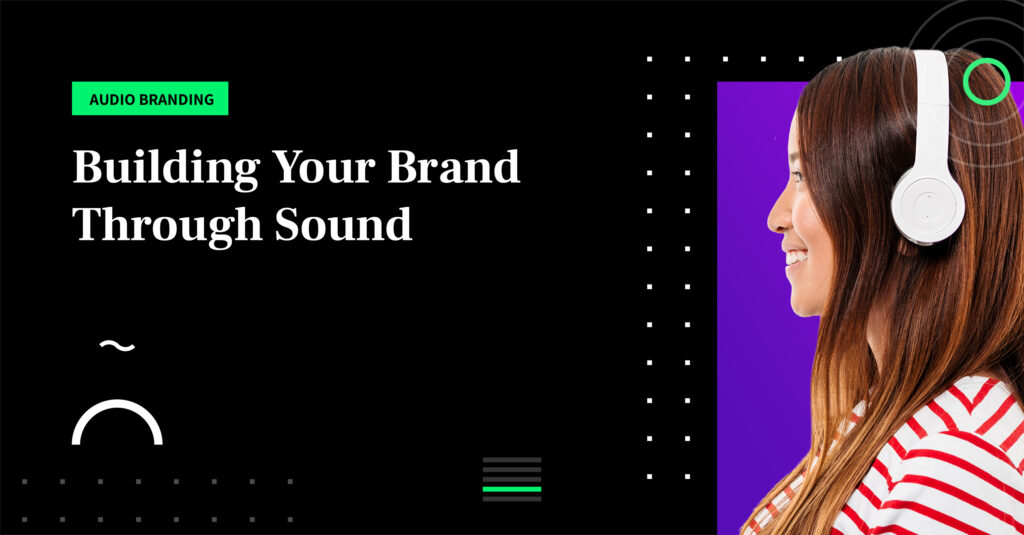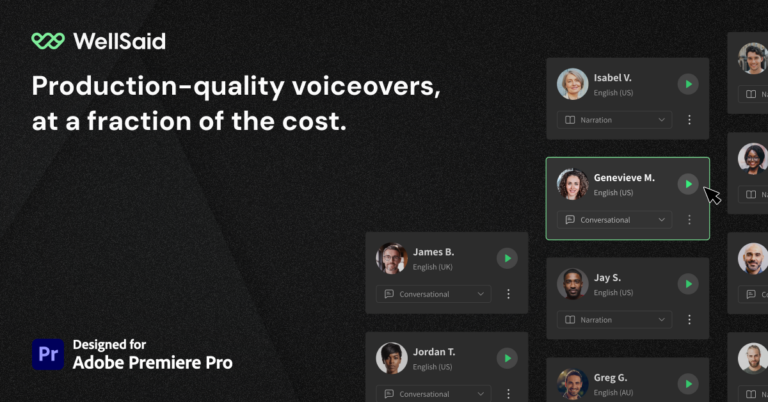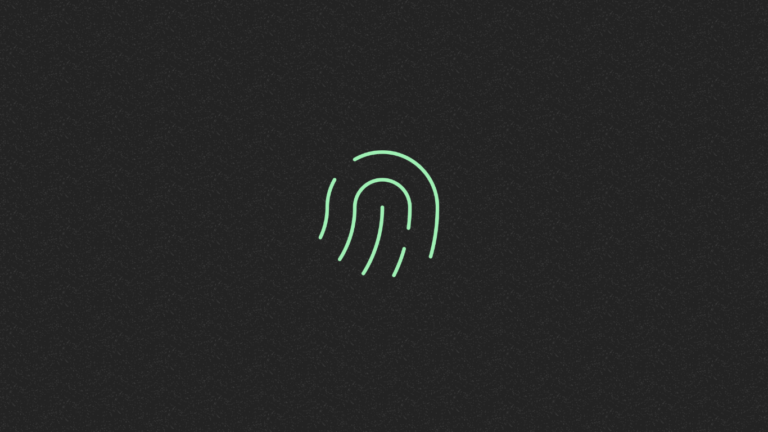How do you know when a brand chooses the perfect audio? That’s the catch—you might not. Quality audio doesn’t call attention to itself; when music, background sound, or a narrator’s voice fits a project perfectly, it often goes unnoticed. But make no mistake: audio choices play a resounding part in a brand’s success.
The perfect song keeps an ad or video in someone’s mind long afterwards. The right voice gets a message across, using pitch-perfect tone and pacing to communicate seamlessly with an audience. Audio can become a hallmark of a company—a voice or sound that consumers instantly recognize, defining the brand and somehow making it more of itself.
Good audio is more important than ever in marketing. Social media posts across all platforms use audio, often auto-playing as the user scrolls by. Ads with narration and music break up podcasts, pop up in the middle of favorite TV shows, and preroll in front of YouTube videos. While visual design, color choices, and casting are still a vital part of good marketing, audio plays a more central role than ever, with many ads even playing as audio-only.
Instead of being an afterthought, audio experiences should be carefully considered as much as visual branding decisions like logo and color. In this emerging audio age, brands must focus on their audio identity, connecting with audiences and customers through intentional sound design. Let’s take a closer look at how audio branding works and why it’s so important.
What Is Audio Branding?
Audio branding refers to how a soundscape represents a company, including sound effects, musical choices, and voiceover recordings.
Even if unnoticed by most people, the world’s most successful brands have an audio identity. Food companies like Hot Pockets, Domino’s, and Olive Garden rely on specific taglines and short music clips across their marketing to capture attention and influence listener emotion. Insurance ads find celebrities or voice actors who bring the necessary gravitas and trustworthiness to their narration.
Companies often integrate their audio branding with good visual design as well, using every tool at their disposal to connect with audiences. The recent Star Wars shows are a great example: on Disney’s streaming service, the opening for each episode brings together memorable audio and visuals from Star Wars films. Helmets, silhouettes, and characters flash by on the screen, while specific sound effects and voices play from past Star Wars movies.
Then, as the Disney+ logo appears, an animated flourish is matched with the sound of a lightsaber. The Disney+ marketing team understands the brand’s strengths, relying on well-known audio effects and visuals to create the perfect soundscape for their ads and introductions.
Considering Your Audio Identity
The best audio branding sticks with listeners and inspires them to complete a desired action.
When building an audio identity, keep the listener at the forefront. Who are you trying to reach through audio branding and in which context are they listening? Ads popping up during podcasts should strike the right tone, connecting with listeners without being abrasive or making people look for the skip button.
High-energy music and narration is perfect for some applications but distracting and off-putting in others. By knowing the listener, you can set the best possible tone, pace, and style.
Some marketing strategies need excitement and passion. Other products represent security and stability, like banking or insurance options. Focus on what audience you are trying to reach, putting yourself in their mind as they listen. Knowing the general context will help set the correct vibe for your audio.
Platform and Sound Design Matter
Also consider the platform you will be using. Your brand might be advertising across different mediums, promoting products and services through audio-only ads, television ads, Instagram posts, and more. People interact with various media formats differently. While your company should keep its overall visual and audio identity consistent, you can tailor content for each style or platform. Effective audio branding is impossible with a one-size-fits-all approach. Each product and brand requires consideration and care to create the best sonic design possible.
Also remember that effective sound design includes silence and pauses just as much as music or voice overs. As you consider the audio identity of different brands and campaigns, take time to understand the right tone and messaging. An app for relaxation or mental health requires a completely different sound than a brand promoting sports apparel or gear.
Your audio branding takes many factors into account, but starting with your intended listeners, platforms, contexts, and desired outcomes is the first step.
Building Your Audio Brand
Once you know your listener, you can use a few tools to dial in the right audio identity. A few of the most important ones are voice, tone, pace, music, and sounds.
Voice, Tone, and Pace
Even if consumers don’t realize it consciously, different voices have a wide range of effects on listeners. How deep or soft should the voice be? How fast or slow should it track? Should it be commanding and persuasive or upbeat and conversational? Think about the target market for your brand and design from there.
Narration opens up another set of options. Your brand could work with a celebrity narrator, connecting their interests and public persona with your brand image. Other companies hire specific voice actors for the long term, bringing them in because their natural tone or identity fits with the brand’s message.
New AI Voice Options
In recent years, another voiceover option has opened up: synthetic voices. With state-of-the-art technology, sophisticated algorithms craft realistic-sounding voices.
You can simply upload a script and choose from a myriad of voices available, or create your own. In a few clicks, brands can synthesize a natural-sounding voice matching every one of their desired characteristics.
If a celebrity or vocal artist is overbooked, brands are left with a tough problem to solve. However, with a synthetic voice, narration on a large scale is easy. Pace and tone are infinitely adjustable, with options for other languages and dialects as well.
Music and Sounds
Finding the perfect song for your audio identity is a shortcut for listener familiarity and retention. Some products work best with excerpts from famous songs, while others rely on a jingle or short snippet of original music. Some brands are instantly recognizable through a few brief tones or lines of music, such as the McDonald’s “I’m Lovin’ It” jingle or the Folgers “The best part of waking up is Folgers in your cup” melody.
Music has a powerful effect on emotions and memory, often staying with listeners for much longer than the content itself. By taking advantage of this truth, brands create a positive link to their products, increase brand awareness, and inspire consumers to take action.
Finding Your Voice in Audio Branding
Audio branding offers many different opportunities to tell stories and connect deeply with customers. Great visual design is easily undercut by generic or lackluster audio branding. Taking time to create and sustain an effective audio identity is worth dividends in the long run. Whether you use narrators, synthetic voices, famous sound clips, or original music, make sure to keep your intended listeners at the front of your mind. Sound is a vital part of a company’s public identity. With these tools, you can make your audio identity unique, recognizable, and unforgettable.
AI voiceover is easier than ever with WellSaid Studio. Start a free trial today to hear for yourself!




